You can read this exclusive content thanks to the FALATH & PARTNERS law firm, which assists American people with Slovak roots in obtaining Slovak citizenship and reconnecting them with the land of their ancestors.
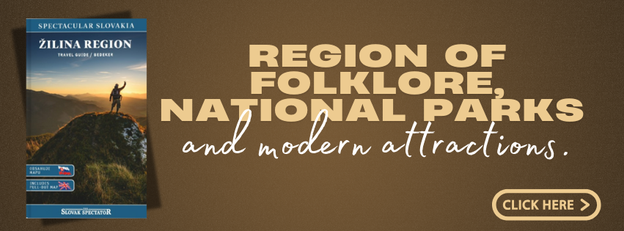
When travelling to Orava, a region in northern Slovakia (see our Žilina travel guide to discover this part of Slovakia), prepare for a journey that may take longer than your navigation app suggests. The drive along the D1 highway through the Váh valley to the city of Žilina is smooth, but delays begin to mount after reaching the city.
The road beneath Strečno is notoriously narrow and frequently congested, especially during holiday periods. Expect to lose tens of minutes there. Further delays await in the Orava region, where winding roads, a lack of bypasses, and tightly clustered villages make for slow progress.
While on our road trip, we find ourselves stuck behind a Polish lorry, inching along at a frustrating 50 kilometres per hour which makes the journey to Trstená stretching to over an hour for a mere 53-kilometre drive from the turnoff near Kraľovany.
Cemeteries in Orava Region
For many foreigners tracing their Slovak heritage, finding the burial sites of their ancestors is a deeply personal journey. To aid in this quest, we have provided maps of the districts we visited, with every cemetery carefully marked. Here you can find cemeteries in Orava Region.
The worst delays hit in Tvrdošín, where the long-awaited bypass remains unfinished. Traffic crawls—or grinds to a standstill—at two roundabouts and a bridge spanning the Orava River.
As a result, we arrive half an hour late for our meeting with the mayor of Trstená. However, she greets us with a smile, stating she expected us to be late. “Politicians in Bratislava can hardly imagine what it’s like to drive from Orava to the capital,” remarks Mayor Magda Zmarzláková ironically.
Cycling routes spark tourism hopes
Once the bustling heart of the Upper Orava region, the small town of Trstená has seen its prominence wane, eclipsed by the neighbouring district town of Tvrdošín. For many of Trstená’s 7,000 residents, the shift is a sore point. They argue their town holds greater significance, boasting a hospital — something Tvrdošín lacks — and serving as a regional market hub, hosting two major fairs annually.
Historical names of towns and villages in Northern Orava Region
Discover Northern Slovakia with our Žilina Region travel guide.
Slovakia's territory has been part of different monarchies throughout history, including the Austro-Hungarian Empire from 1867 until 1918. Until 1992, with the exception of the inter-war years 1939-1945 during which the Nazi-aligned Slovak state existed, the territory was a part of Czechoslovakia. As a result of being a part of the Empire, the current names of Slovak municipalities are different than during that era.
Here's a list of the largest municipalities in Northern Orava Region with their historical names stated in the brackets:
Tvrdošín - Turdossin
Brezovica - Brezovica
Habovka - Habovka
Liesek - Ljeszek
Nižná - Nizsna
Podbiel - Podbjel
Suchá Hora - Szuchahora
Trstená - Trsztená
Vitanová - Vitanova
Zuberec - Zuberec
The full list of all Slovak municipalities, including their historical names, can be found at www.geni.sk (in Slovak only).
Yet, there is little bitterness when it comes to the progress being made locally. The town’s municipal office now occupies a recently restored historic building, with renovations focused on energy efficiency.
“Our energy consumption has dropped by 70 percent,” the mayor said, gesturing towards the radiators, which were set to a minimum. “We barely need heating,” she added, underscored by unseasonably warm December weather with temperatures hovering around 10 °C. Such mild conditions are rare for Orava.
The conversation turned to Trstená’s historical landmarks and its untapped potential for tourism. The mayor’s vision includes a cycle path encircling the Orava Dam.
“The dam has so much unused potential. Its cold water makes it unsuitable for swimming, but cycling could transform it into a draw,” she said. The project, involving municipalities from Slovakia and Poland, is slated to begin in 2026.
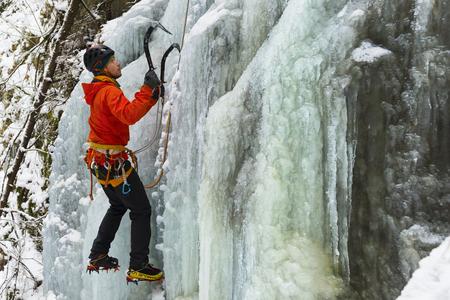
Zmarzláková explained that the cycle route, designed to be flat and family-friendly, could extend visitors’ stays in Orava, creating new opportunities for the region’s tourism economy.
Seeking inspiration in Poland
Slovaks could look to their Polish neighbours for inspiration when developing this cycle path. “There are cycle paths through peat bogs as well, built in a way that accommodates the natural movement of water in the area. This could be challenging for us, but the Poles manage it brilliantly,” the mayor says, praising their innovative approach to integrating nature with infrastructure.
At the bridge over the Oravica River in Trstená, the cycle path to the Polish town of Nowy Targ begins. Developed collaboratively by towns and villages on both the Slovak and Polish sides of Orava, as well as in the Polish region of Podhale nestled beneath the Tatras, this 40-kilometre route has become a magnet for cycling enthusiasts. Almost entirely asphalt, the path is equipped with blue bike boxes and a stand stocked with tools for repairs. Cyclists can take breaks in gazebos and even visit chapels along the way.
The mayor of Trstená envisions significant potential in attracting more cyclists. To enhance their experience, she hopes to see buffets established along the route in the future, filling a gap that currently exists.
A major advantage of the project was its use of an old railway line, which eliminated the thorny issue of land acquisition often complicated by Slovakia’s fragmented ownership. Once extending all the way to Nowy Targ, the railway now ends in Trstená, its tracks replaced by this bustling cycle path.
Ceramics from local clay
On the mayor’s recommendation, we visit the ceramics store in Trstená, nestled within the local folk art school. However, the master potter and owner of the ceramics business is absent. The saleswoman suggests we head directly to his nearby workshop.
At the workshop, we meet Ľubomír Hoľma, puffing on an old-fashioned pipe. He welcomes us warmly into a cosy space heated by the active furnace.
Find out more about the region of folklore, national parks and modern attractions in our Žilina Region Travel Guide.
Inside, his employees are carefully selecting fired ceramics from the kiln—among them, large bowls glazed by Hoľma’s wife and sister-in-law. The company is a family affair, employing five people, with Ján Balek as the newest recruit.
Balek is at the potter’s wheel, shaping a plate with practiced precision. Though deeply focused, he takes the time to answer our questions. A trained car mechanic, he discovered a stronger passion for pottery. “I can fix a car, but ceramics allow for more creativity,” he says.
As we arrive, the team is busy fulfilling Christmas orders. “We supply local restaurants that favour traditional bowls and mugs for serving food,” explains Hoľma. “Clay is an invaluable material in gastronomy. It’s visually appealing, retains heat well, and is easy to heat or clean.”
Clay replaces beer and mushrooms
After studying ceramics in Prague, Hoľma began his career in construction before turning his attention to reviving a fading ceramic workshop. Determined to preserve a tradition dating back to 1870, he rented the space to continue its legacy. Intriguingly, the workshop once housed a brewery and a drying room for local mushrooms and fruit.
Now, after 31 years in Trstená, Hoľma crafts ceramics using local clay adorned with folk patterns. “We’ve had our ups and downs, but we’re still working, and that’s what matters,” he says.
Trstená’s ceramics are sold at local markets and exported to Poland, the Czech Republic, and Britain. “We’re selective about which markets we attend, choosing those that align with our values rather than chasing every opportunity,” he explains.
Beyond selling his wares, Hoľma is passionate about promoting ceramic craftsmanship. He hosts workshops where visitors can mould their own cup, plate, or bowl. A glimpse of this traditional art is also on display at the Orava Village Museum in Zuberec-Brestová. For families, a two-hour course costs €100, offering an immersive taste of this timeless craft.
Orava resort bets on horses
From Trstená, we make our way to the Garden Hotel & Resort Oravský Háj, nestled near the village of Brezovica. Arriving just ahead of the Christmas season, we find the parking lot nearly deserted.
Inside the resort’s main building, a spacious reception area greets us. While waiting for Peter Hrbáň, the resort’s manager, we take in the shelves adorned with Trstená ceramics, Tokaj wines, and local meat delicacies.
A helping hand in the heart of Europe: a travel guide to Slovakia.
“Our goal is self-sufficiency in meat production,” Hrbáň explains, detailing their efforts in raising geese, ducks, pigs, cows, and rabbits.
Nearby, free-roaming horses catch our eye—the pride of the resort’s owner, Jozef Jankulák. These horses, trained for endurance races, also feature prominently in the resort’s riding school. “We attract both locals and horse enthusiasts,” Hrbáň adds.
For 28 years, the resort’s current owner has been steadily enhancing its offerings, transforming it into a popular venue for corporate events and weddings. The resort boasts cottages with apartments, a wellness centre, an outdoor pool, a large restaurant with a fireplace, and a congress hall.
Recently, Jankulák acquired the neighbouring Brezovica mountain hotel, which features a ski lift. Modernisation is already underway, with plans for a revamped restaurant and a new wellness area. Future developments aim to attract adventurers and families alike, including a climbing route, bike trails, and a mini zoo.
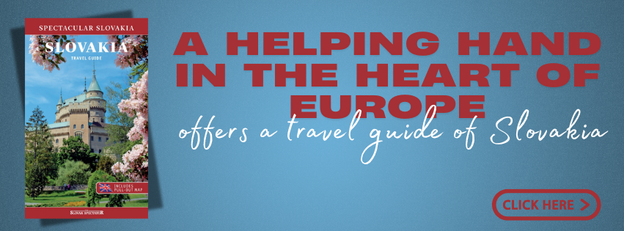 (source: Spectacular Slovakia)
(source: Spectacular Slovakia)
However, unseasonably warm weather in Orava poses challenges for snowmaking at the ski resort, which depends on freezing temperatures.
To broaden its appeal, the resort offers bike rentals and is planning a dedicated bicycle depot. “Cycling has great potential here, with a route stretching all the way to Poland,” the manager notes.
The vision is to transform Orava Háj into a year-round destination, inspired by foreign resorts where skiing transitions to biking as the seasons change.
Within the resort, amenities include a restaurant with a children’s corner, a pond for fishing or boating, and various family-friendly activities.
Local entrepreneurs are keen to expand accommodation options and draw more visitors from Poland, calling for improved marketing across the border to tap into the region's significant growth potential.
Suchá Hora lures cyclists and young families
The village of Suchá Hora, perched on the border with Poland, carries a fascinating history. After World War I, it was annexed to Poland for nearly five years as part of an effort to incorporate parts of Slovak Orava. In 1924, it was returned to Czechoslovakia following a revision of the border.
The village is home not to Poles but to Gorals, a highland community who identify more as Slovaks, despite speaking a dialect closer to Polish. Today, Suchá Hora has a population of nearly 1,500, a large school, a kindergarten, and several grocery stores—but notably, no pub.
“The pub went bankrupt because people work during the week and prefer to spend weekends with their families rather than at the bar,” says Jozef Kovalik, the village’s mayor.
Tourist accommodation is also sparse. The only guest house is a quaint wooden cottage owned by Mayor Kovalik himself. While some private lodgings are available, there is no larger accommodation in the village. “Suchá Hora is a bit farther from Oravice and other popular tourist spots in Orava, so we mainly attract visitors who find Poland too expensive,” he explains.
Just across the border, the Polish village of Chocholów boasts a large water park that has been a major draw for nearly a decade. On the mayor’s recommendation, we visited the site. The sprawling car park was crowded with buses unloading Russian-speaking tourists. Alongside the water park—advertised with striking billboards—Chocholów offers beautifully restored wooden houses and ample guest accommodation.
Suchá Hora, however, has its own appeal. Strategically located along a cross-border cycling route from Trstená to Nowy Targ, the village is a popular stop for cyclists. Mayor Kovalik is eager to capitalise on this, with plans to convert the bike path into a cross-country skiing trail during the winter months.
Poles are business people
The mayor observes that Poles tend to be more enterprising than Slovaks. Reflecting on the 1990s, he recalls a time when as many as 30 grocery stores thrived in Suchá Hora, largely catering to Polish customers who flocked to Slovakia in search of goods unavailable in Poland due to shortages.
“Now, after 30 years, the situation has reversed. Slovaks travel to Poland to buy nearly everything,” Kovalik notes. “It’s not that we lack products, but prices are much lower in Poland—everything from food to building materials and furniture.”
Kovalik also admires the Poles’ proactive approach to development. “They actively seek funding from European Union resources and invest it in their regions, while we Slovaks seem less inclined to pursue such opportunities,” he remarks.
Despite the challenges, Kovalik remains optimistic about the future of the border village. Having recently secured land for 250 family homes, he believes the development will entice young people—particularly those working abroad or in nearby villages and towns—to settle in Suchá Hora.
Hidden Oravice and charming Zuberec
On our journey from Orava to Bratislava, we opted for a shorter, winding route through Oravice towards Huty and the Liptov region. Night fell swiftly, and we noticed that the turn in Vitanová towards Oravice—a village known for its popular thermal aqua park—was poorly marked, lacking the large billboards commonly seen in Poland.
Oravice is also a skiing destination, though when we passed through, the car parks were nearly empty. The slopes, covered with melting artificial snow, were not yet ready for eager skiers awaiting colder temperatures.
Continuing on, we drove through Zuberec, a picturesque mountain resort and a key base for hikers venturing into the Roháče area of the Western Tatras. Passing the warmly lit Koliba Holica near Huty, we navigated winding roads as we made our way into the Liptov region.
Upper Orava is a fantastic destination year-round, offering something special in both summer and winter. To uncover all its hidden gems, however, you’ll need more than just a weekend.
Spectacular Slovakia travel guide
A helping hand in the heart of Europe thanks to our Slovakia travel guide with more than 1,000 photos and hundred of tourist spots.
Our detailed travel guide to the Tatras introduces you to the whole region around the Tatra mountains, including attractions on the Polish side.
Lost in Bratislava? Impossible with our City Guide!
See some selected travel articles, podcasts, and traveller info as well as other guides dedicated to Nitra, Trenčín Region, Trnava Region and Žilina Region.


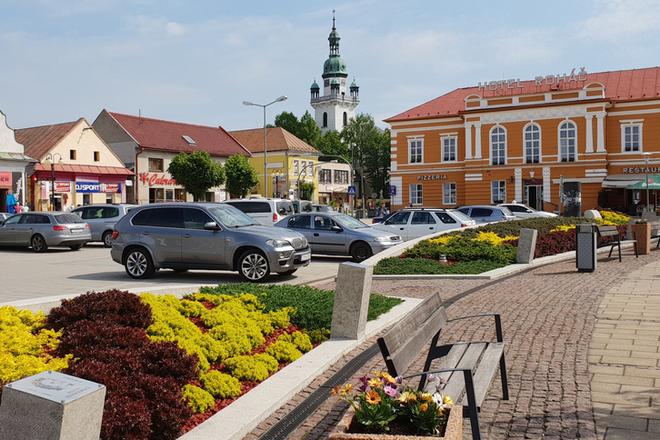 Trstená (source: Ján Pallo)
Trstená (source: Ján Pallo)

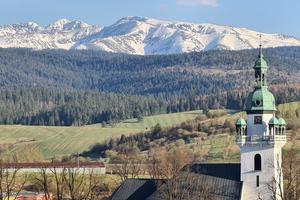
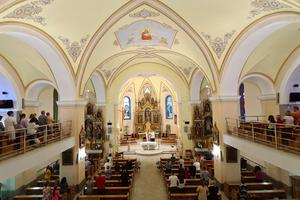
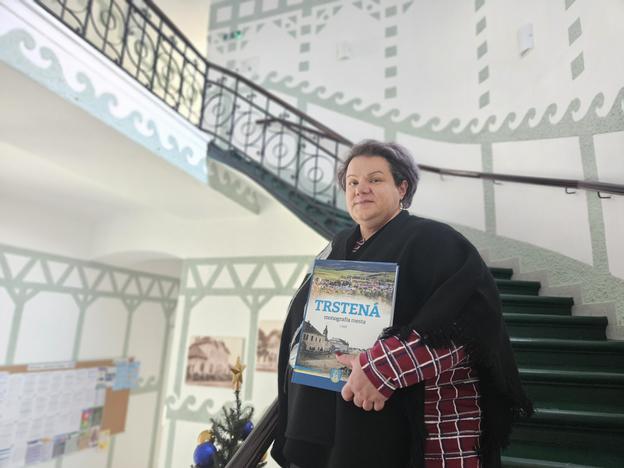 Trstená's Mayor, Magda Zmarzláková, aims to attract tourists with the town’s rich history and religious landmarks. (source: SME/Jozef Ryník)
Trstená's Mayor, Magda Zmarzláková, aims to attract tourists with the town’s rich history and religious landmarks. (source: SME/Jozef Ryník)
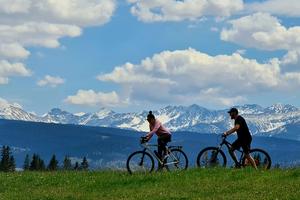
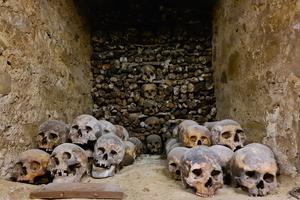
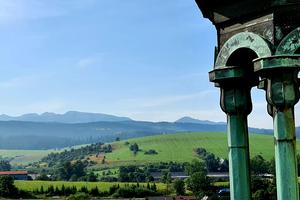
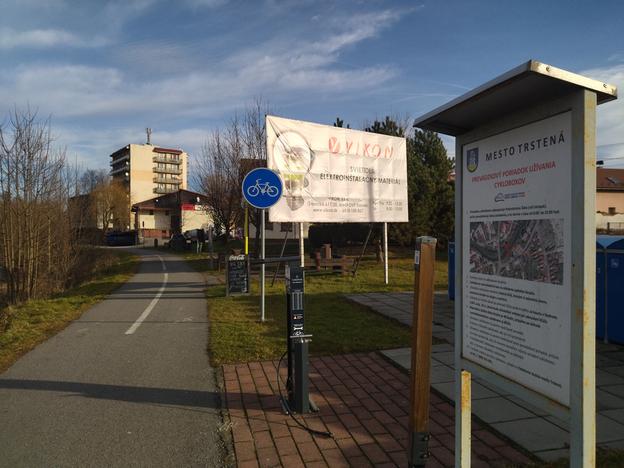 The cycling route to Nový Targ begins in Trstená. (source: SME/Jozef Ryník)
The cycling route to Nový Targ begins in Trstená. (source: SME/Jozef Ryník)
 Ján Balek expertly shapes a plate on the potter's wheel. (source: SME/Jozef Ryník)
Ján Balek expertly shapes a plate on the potter's wheel. (source: SME/Jozef Ryník)
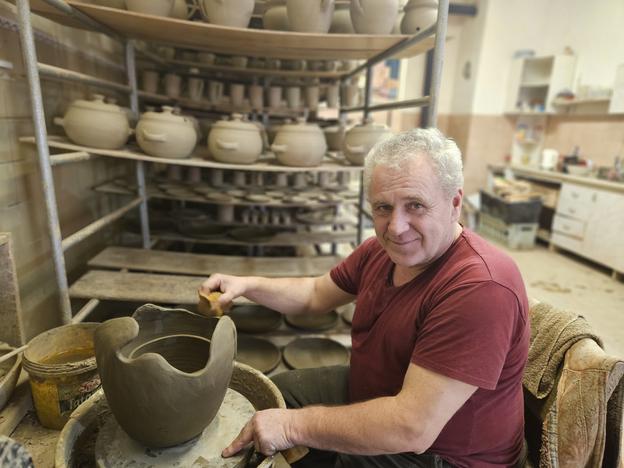 Ľubomír Haľmo is the owner of Trstenská Ceramics Pottery. (source: SME/Jozef Ryník)
Ľubomír Haľmo is the owner of Trstenská Ceramics Pottery. (source: SME/Jozef Ryník)
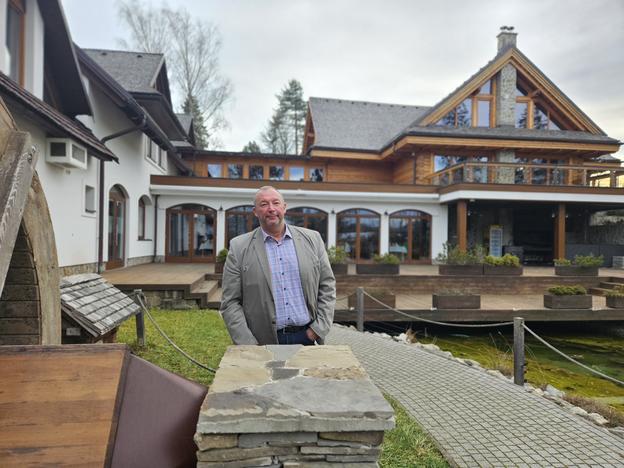 Peter Hrbáň is the manager of the Orava Háj Garden Resort, located near Brezovica. (source: SME/Jozef Ryník)
Peter Hrbáň is the manager of the Orava Háj Garden Resort, located near Brezovica. (source: SME/Jozef Ryník)
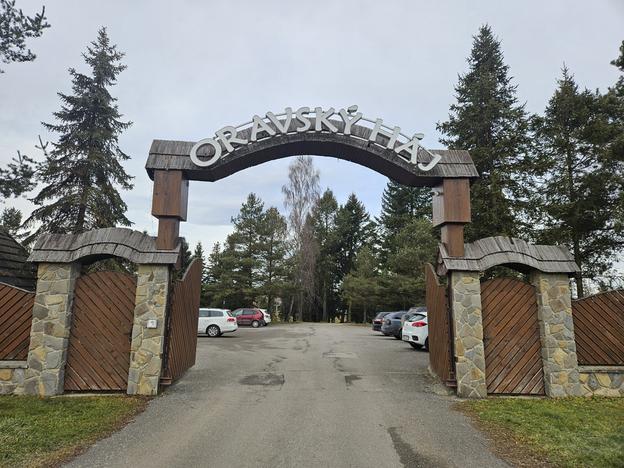 Garden Hotel & Resort Oravský Háj, situated near the village of Brezovica, offers a serene retreat in the heart of Orava. (source: SME/Jozef Ryník)
Garden Hotel & Resort Oravský Háj, situated near the village of Brezovica, offers a serene retreat in the heart of Orava. (source: SME/Jozef Ryník)
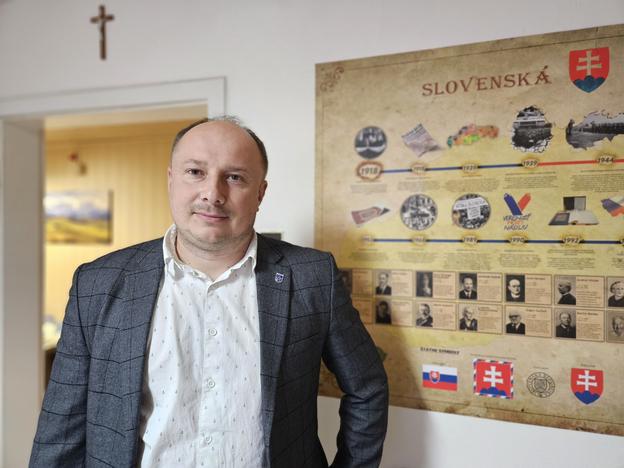 Jozef Kovalik, the mayor of Suchá Hora, sees great potential in attracting cyclists. (source: SME/Jozef Ryník)
Jozef Kovalik, the mayor of Suchá Hora, sees great potential in attracting cyclists. (source: SME/Jozef Ryník)
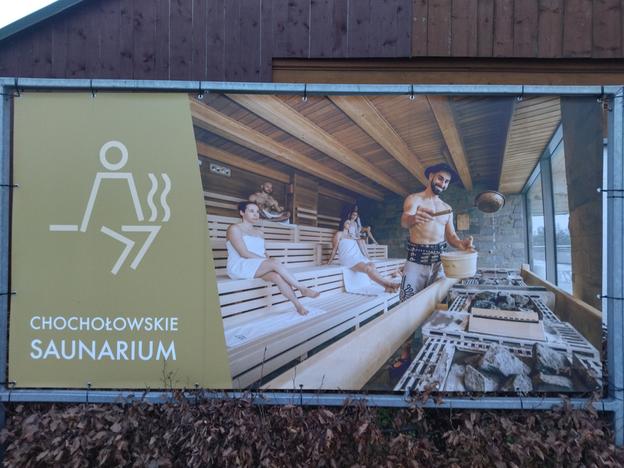 The water park in Chochołów is prominently advertised on large billboards. (source: SME/Jozef Ryník)
The water park in Chochołów is prominently advertised on large billboards. (source: SME/Jozef Ryník)
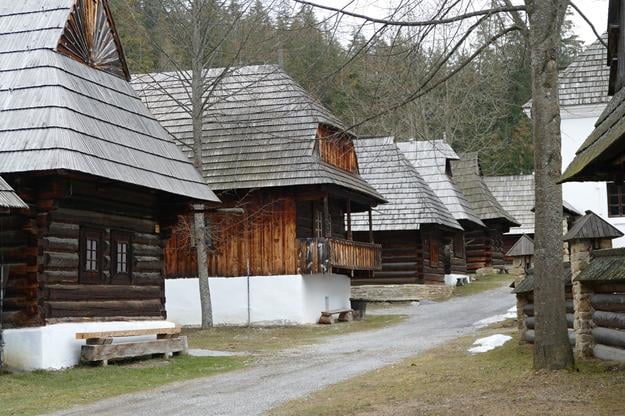 The Folk Museum of the Orava Village in Zuberec (source: TASR)
The Folk Museum of the Orava Village in Zuberec (source: TASR)
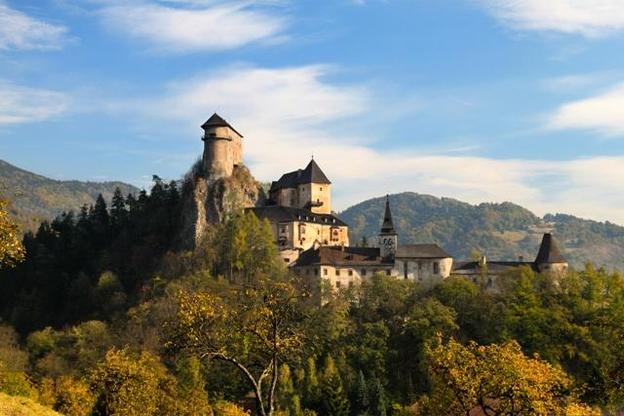 Orava Castle is one of the most impressive castles in Slovakia. (source: Michal Glonek)
Orava Castle is one of the most impressive castles in Slovakia. (source: Michal Glonek)